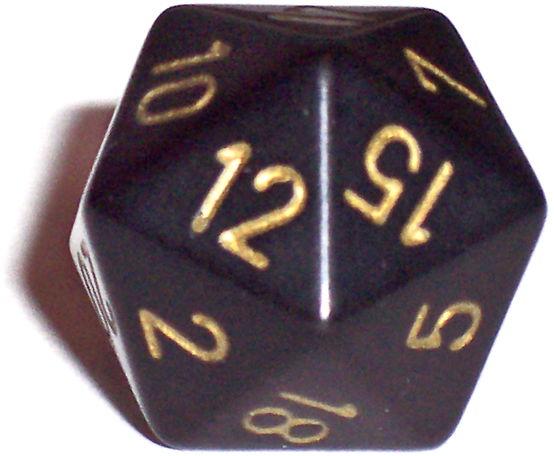A way to prepare in an afternoon a glass as stable as if it was aged during centuries. That's what has discovered the group of
Mark Ediger in the university of Wisconsin (USA).
They first described the method in
Science back in 2007. The idea is to deposit vapour of the glass-former on a substrate about 50K colder than the glass transition temperature T_g. When you melt this glass, you need much more energy than when you melt a usual glass. It means that the vapour-deposited glass is more stable.
 |
| Schematic view of the glass transition |
The usual way to prepare a glass is to cool down a liquid below it's crystallisation temperature, but avoiding the crystallisation. You then have a supercooled liquid, in metastable equilibrium. If you cool it further, the liquid becomes slower and slower, more and more viscous, until you cannot tell
at all if it flows or not. And by definition, a material than does not flow is a
solid. Here we have a solid that is not a crystal and we call it a
glass.
Contrary to the supercooled liquid, the glass is not in equilibrium. Its properties (hardness, energy, ...) depends on its history and not only on the temperature, pressure, etc. For example if you try to deform a glass 10 hours after the quench, it will deform less than if you try immediately after the quench. This is called
aging. Old guys are getting tougher and tougher, less and less prone to change, that is the same for glasses.
Another way of measuring aging is to melt the glass back to supercooled liquid while measuring the heat flux you need to do so. This method is called Differential Scanning Calorimetry (DSC). You then have a measure of the heat capacity (how much energy needed to raise the temperature of 1K) function of temperature. If you integrate that, you have the enthalpy.
So let's prepare a glass the usual way : cooling the liquid below it's glass transition temperature (let's say T_g-50K) and melt it again immediately in the DSC. This is our reference, the black curve of the graph below. Now let's do it again, but we let it wait 8 hours in the cold before melting it (green curve). As you can see, the enthalpy has lower than the reference. If we wait longer, the enthalpy will be even lower, but not that much ; we need to wait
much longer (days) to see a significant shift down. Aging is slower and slower in glasses (contrary to humans). It means that if we want an even more stable glass, we must wait years, decades, centuries ... which is impractical.
 |
| Aging in a DSC experiment |
Here comes
Swallen, Kearns, Mapes, Kim, McMahon, Ediger, Wu, Yu, Satija and Sushil (yes, I cite them all). They do not
cool the glass to T_g-50K, they
form it at this temperature. Vapour of the glass former is introduced progressively in the DSC chamber so that it gets deposited on a plate. If you want, the glass is formed layer by layer (even if defining a "layer" of an amorphous material is tricky). The glass grows at a rate of a few nanometres per seconds (you would need a month to deposit 1 cm of glass).
 |
| Vapor deposition of TNB |
When you heat that vapour-deposited glass, you obtain the blue curve that is much lower than the conventional glasses. The authors estimate to 40 years the time needed to age a glass to that stability. More recently they got to 4000 years of equivalent aging by tuning the deposition rate and temperature.
 |
| From Swallen et al., Science (New York, N.Y.) 315, 353-6 (2007). |
Why ? It is obvious that the molecules were able to arrange themselves in a better way. The scenario proposed by the authors is that a given molecule has a good deal of time (1s is tremendously long at the molecular level) between the moment it gets deposited on the surface and the moment when other molecules come sitting on top of it. In that interval, the molecule is relatively mobile on the surface and can find the best way to fit on it, the most stable arrangement. It is a bit like a Tetris at level 1: you have time to think where to put the next block, to slide it where it fits best.
How general is that phenomenon ? Well, they used only two quite complicated molecules (TNB and
Indometacin) that may have quite strange phase behaviours, like liquid-liquid phase transition (has they point out in a more recent
paper) and thus the ultra-stable glass phenomenon may not be general. However to my knowledge the vapour deposition trick has not been tried in simpler models of glass former like sticky spheres, polydispersed Lennard-Jones or silicon. It would be interesting to look at the Tetris game at particle level.




















